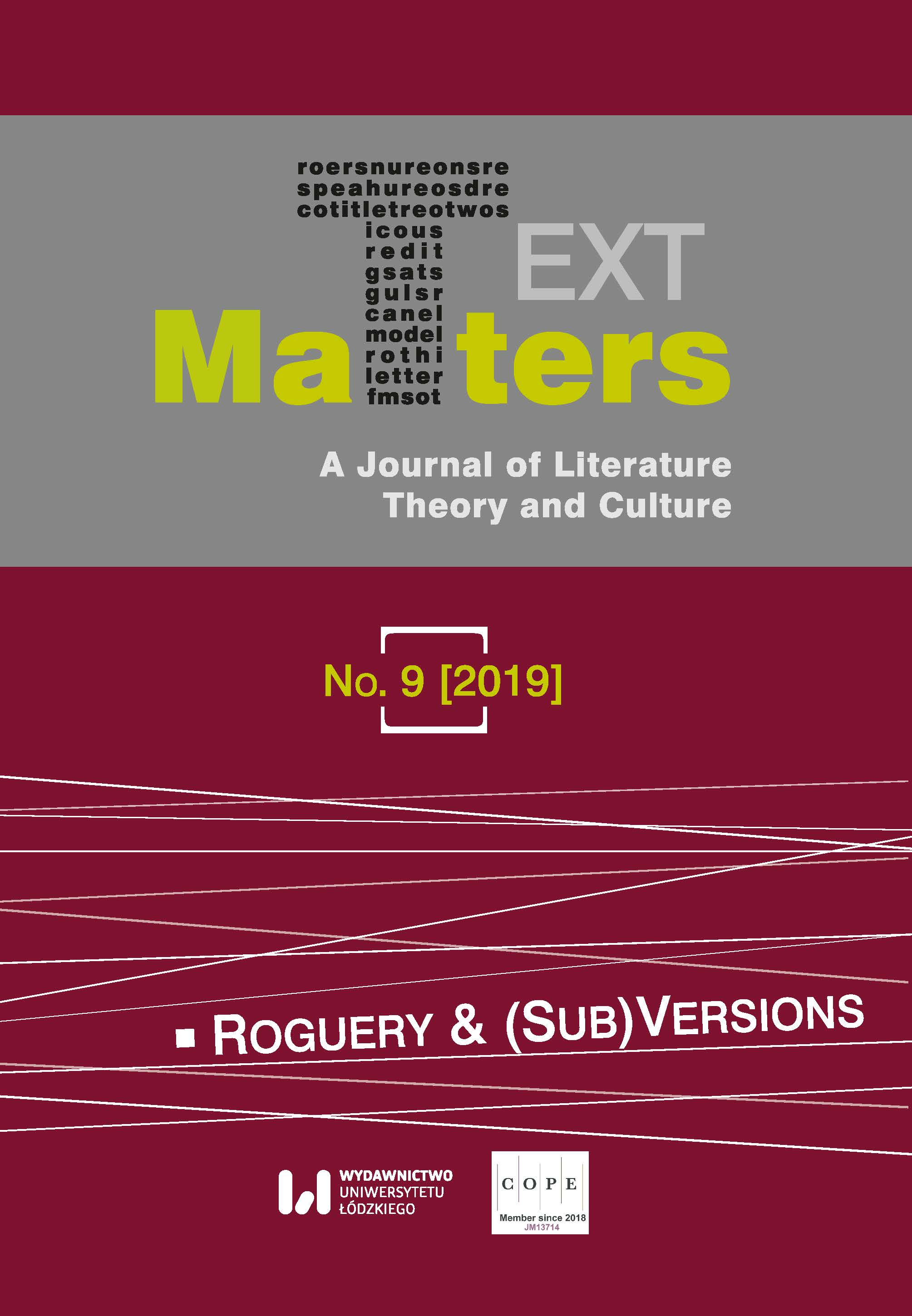Heresy and Orthodoxy Now: The Zigzagging Paths of the Lawful
Heresy and Orthodoxy Now: The Zigzagging Paths of the Lawful
Author(s): Marta ZającSubject(s): Studies of Literature, Philosophy of Law
Published by: Wydawnictwo Uniwersytetu Łódzkiego
Keywords: G. K. Chesterton;heresy;orthodoxy;the biblical serpent;secularization
Summary/Abstract: In this article I consider a certain characteristic of our times as a “secular age,” namely, a series of complications in our understanding of transgression. Transgression implies the presence of some rules and laws which can be violated. As long as the rules and laws are perceived as right, as a way of protecting the values which would otherwise perish, transgression appears to be a wrong thing to do, a misdeed, a criminal act. Needless to say, the very conceptual structure makes sense only provided that the distinctions between right and wrong, good and evil, lawful and lawless are not arbitrary, which, in turn, depends on the presence of the concept of truth.In the secular age, though, the concept of truth becomes not only difficult to handle, since it is incompatible with the modern frame of mind, but also assumes some derogatory connotations, up to the point when to insist on the distinction between (truly) right and (truly) wrong is in itself a wrong thing to do. That is the state of contemporary societies which G. K. Chesterton examines in his work "Heretics". The effect of Chesterton’s reflections is a new map of right/wrong, good/evil, lawless/lawful permutations. After Chesterton, I comment on the character of a new heretic, one for whom transgression, understood as the attack on buried-for-long orthodoxy, is too easy a thing to do. To illustrate the mentioned changes of perspective, I refer to an exemplary criminal figure of the West, that is, the biblical serpent, and its criticism.
Journal: Text Matters: A Journal of Literature, Theory and Culture
- Issue Year: 2019
- Issue No: 9
- Page Range: 213-222
- Page Count: 10
- Language: English

